Present Situation and Development of Vibrating Screen in China
DOI: 10.23977/jemm.2021.060209 | Downloads: 42 | Views: 2617
Author(s)
Kun Wang 1
Affiliation(s)
1 Shijiazhuang Recycling Chemical Park Branch of Jinmei Jinshi Chemical Investment Group Co., Ltd, Shijiazhuang, Hebei 050000, China
Corresponding Author
Kun WangABSTRACT
In today's society, many industries will be applied to the vibrating screen, most of the vibrating screen is to grade or dehydrate the articles. Such as metallurgy, machinery, water conservancy, construction and building materials, railway and other departments, often in order to improve the accuracy of the goods, often use the vibrating screen to grade their goods. In the coal industry sector, the role of vibrating screen is not only grading, many vibrating screens are also used for dewatering or demineralization of coal, and even used for mud removal.
KEYWORDS
Manufacturing industry, Vibrating screen, Innovation, DevelopmentCITE THIS PAPER
Kun Wang. Present Situation and Development of Vibrating Screen in China. Journal of Engineering Mechanics and Machinery (2021) 6: 46-50. DOI: http://dx.doi.org/10.23977/jemm.2021.060209.
REFERENCES
[1] Feng xin'an.analysis of present situation and development trend of vibrating screen[R]. Journal of China Machine Development Center, June 2002.
[2] Zhou Kaiqin, chief editor. Present coal machinery[M]. Higher education press. 2001.
[3] Cao Yubang, Yi Xilin. Overview of the world vibrating screen[J]. Machinery Forum. May 1999.
[4] An overview of the development of Pu Liang GUI machinery. Higher education press. Beijing. 2001.
[5] Feng Kaiping, the road of machine tool development in China. Journal of machine tool theory [J] September 2001.
[6] Machinwery design, Wuhan University of Technology Press, July 2004;
[7] Ball and Roller Screws, Engineering Material and Design[N],1975.
[8] Sun Heng, Chen Zuoming. Mechanical equipment and its processing[M]. Higher education press. Beijing. 2001.
| Downloads: | 11129 |
|---|---|
| Visits: | 423479 |
Sponsors, Associates, and Links
-
Cybernetics and Mechatronics
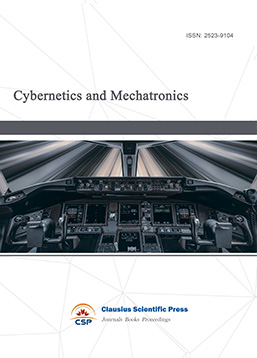
-
Digital Manufacturing and Process Management
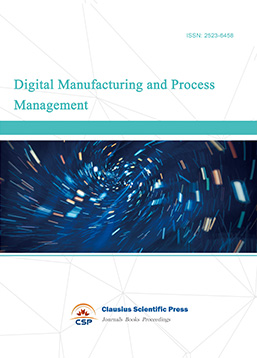
-
Ultra-Precision Machining Process
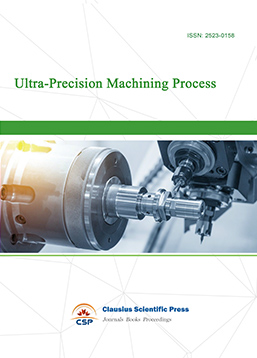
-
Journal of Robotics and Biomimetics
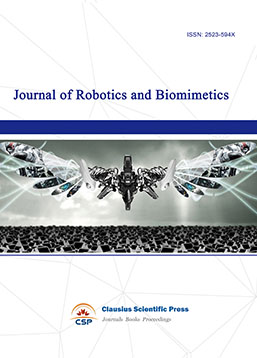
-
Prognostics, Diagnostics and Health Management

-
Micro-Electro-Mechanical Systems
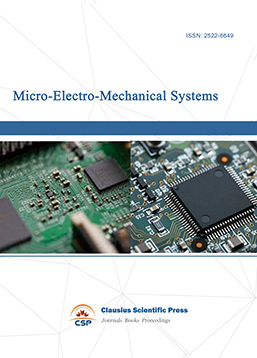
-
Journal of Precision Instrument and Machinery
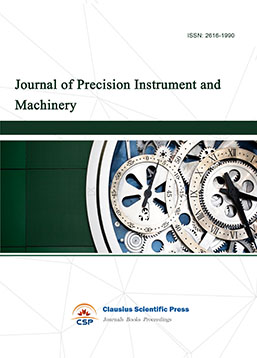
-
Engineering and Solid Mechanics
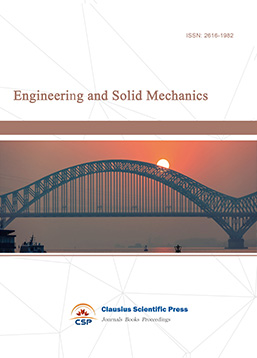
-
Fracture and Damage Mechanics
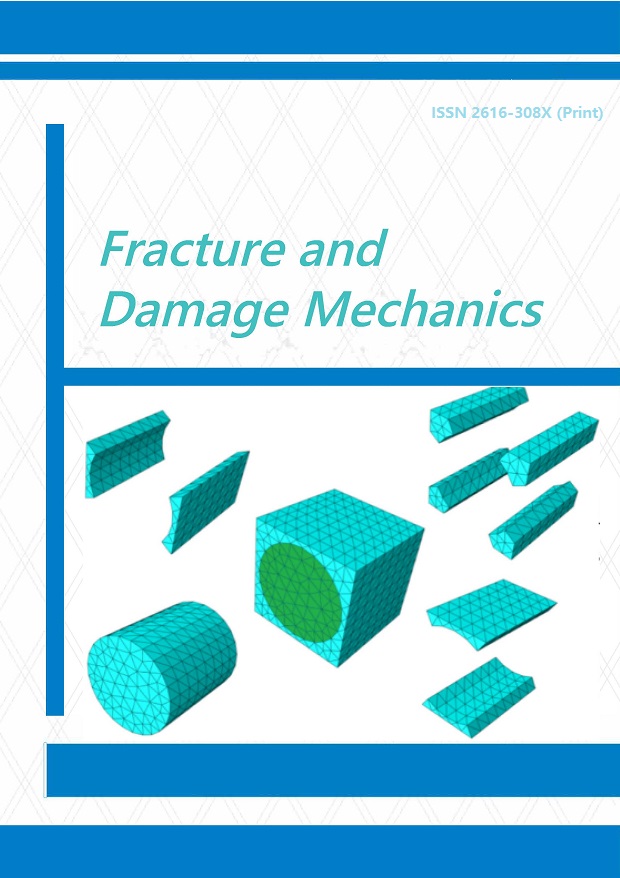
-
Frontiers in Tribology
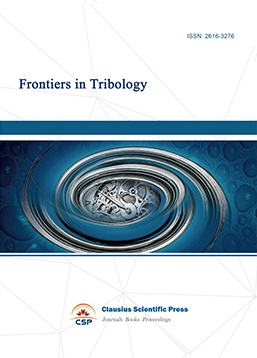
-
Fluid and Power Machinery
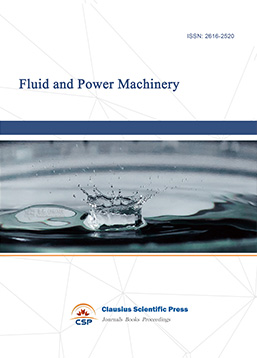
-
Chemical Process Equipment
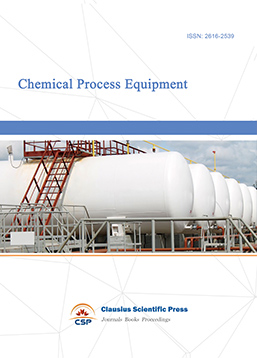
-
Journal of Assembly and Manufacturing
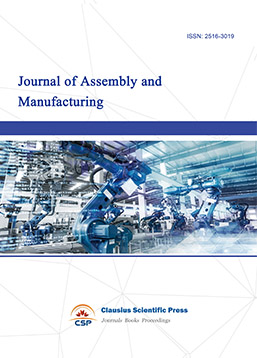
-
Mechanical Vibration and Noise
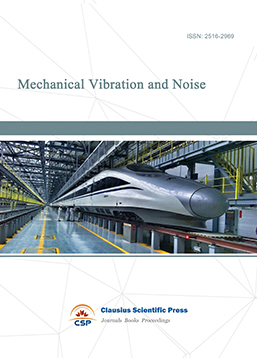

 Download as PDF
Download as PDF